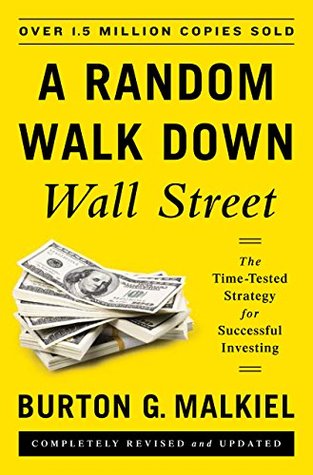Take a company that you’ve heard lots of good things about. You study the company’s prospects, and you conclude that it can maintain a high growth rate for a long period. How long? Well, why not ten years? You then calculate what the stock should be “worth” on the basis of the current dividend payout, the expected future growth rate, and the general level of interest rates, perhaps making an allowance for the riskiness of the shares. It turns out to your chagrin that the price the stock is worth is just slightly less than its present market price. You now have two alternatives. You could
...more
Welcome back. Just a moment while we sign you in to your Goodreads account.


